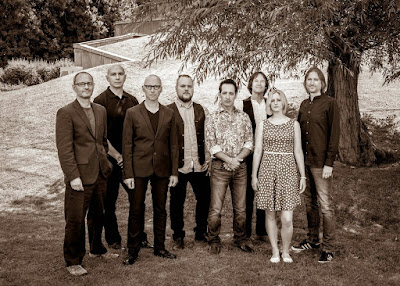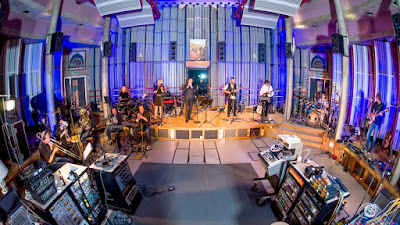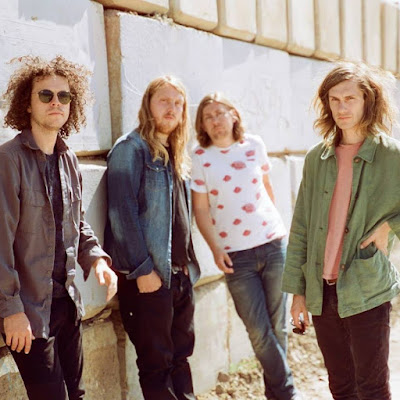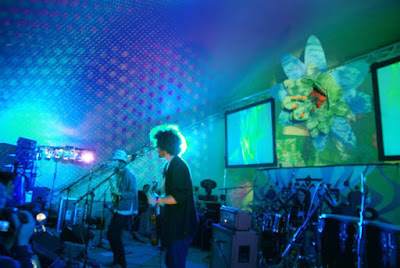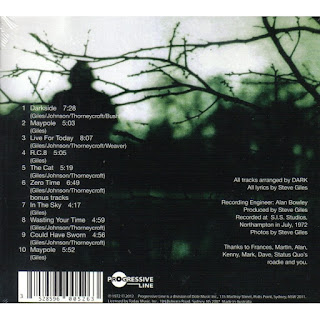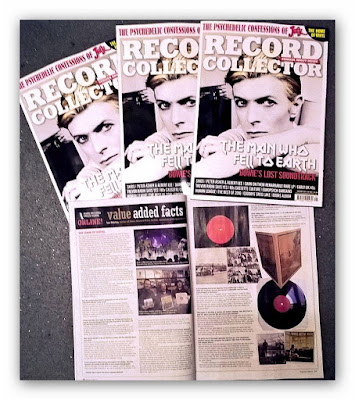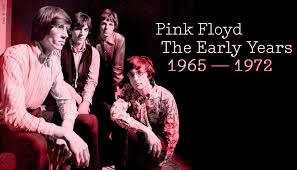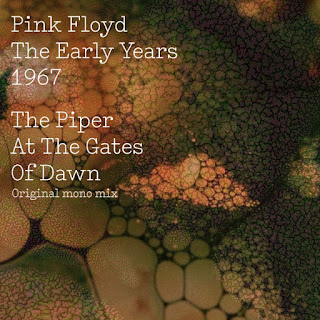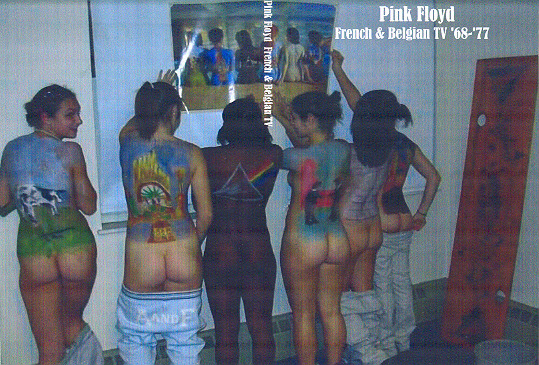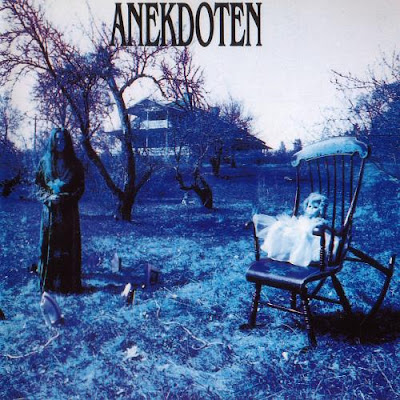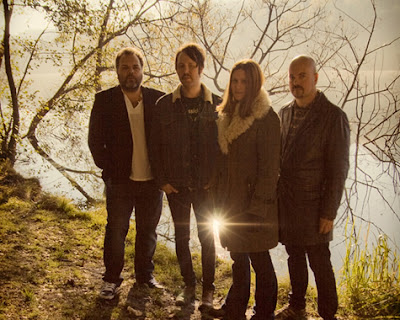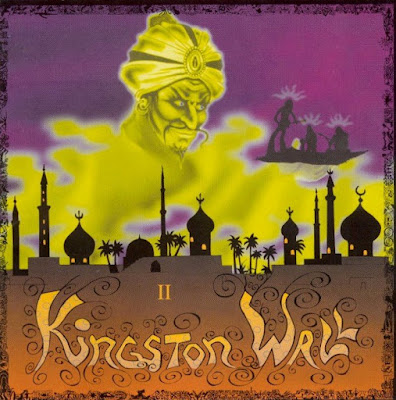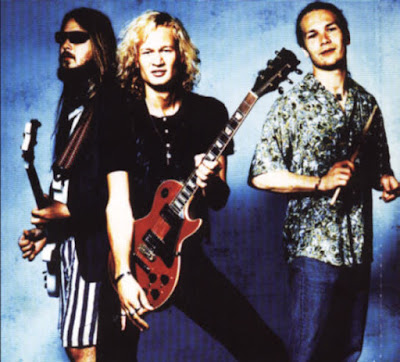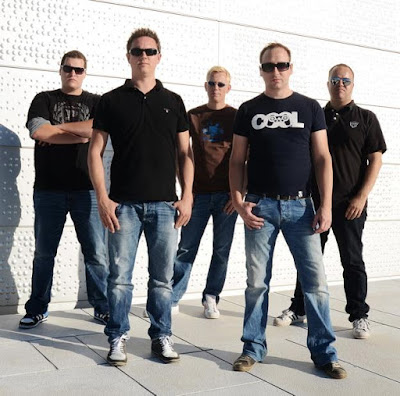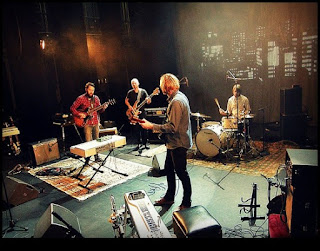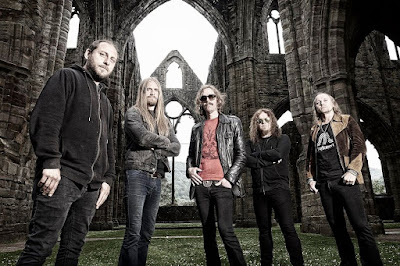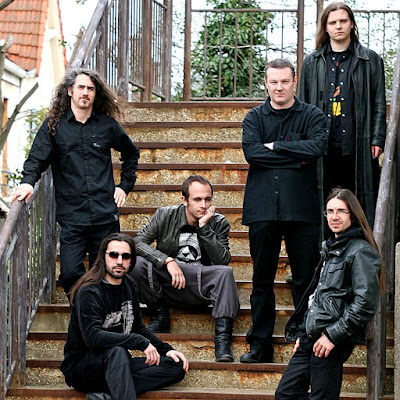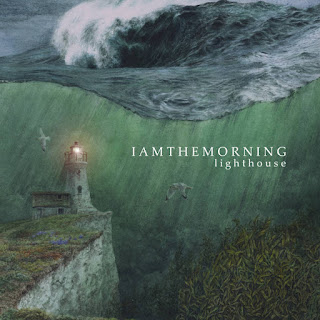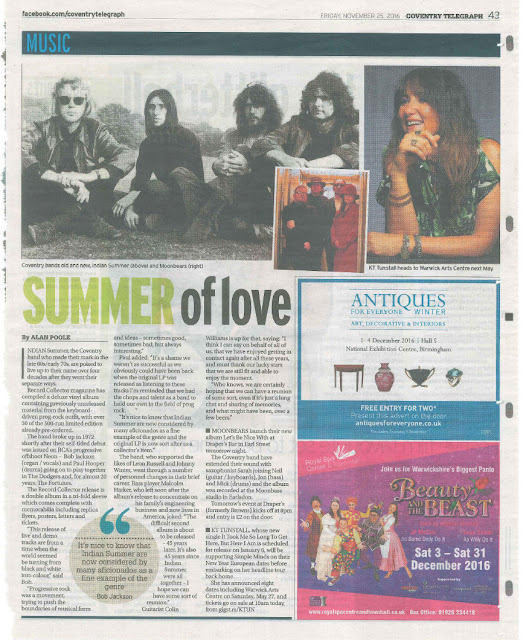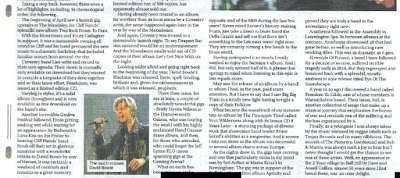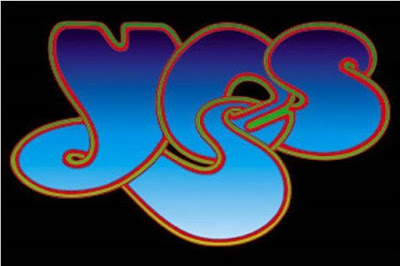Sgt. Pepper’s Lonely Hearts Club Band
by Pete Clemons
the end of 1966 The Beatles desperately wanted to get away from the
old image of just being a beat band. They had recently announced that
they were finished with touring and, effectively, they were going to
draw a line under past.
in a recording studio for several months they recorded what would
become known as ‘Sgt Pepper’s Lonely Hearts Club Band’ a record
that was arguably the first even concept album.
album represented a touring brass band in the mind of the listener.
The laughter you hear on certain tracks represents the sound of the
virtual audience.
began at Abbey Road during November 1966. And unlike previous Beatles
albums each of the band members could be seen entering Abbey Road
studios with reams of A4 paper brimming full of notes and ideas.
technology at hand during that time was pushed to the limit. Every
conceivable sound that you could get out of a guitar, for example,
was touched upon.
the atom
George Martin allowed and encouraged every musical whim to surface
during the sessions. He allowed complete artistic freedom.
the final tracks destined for the album, recorded during April 1967,
found room for innovation. The final run off groove for example
played back on itself thereby, I guess, representing that the album
was an infinite piece of music.
the recording of the ‘Sgt Peppers’ title track not appearing till
mid-way through the sessions, the idea to create an album about this
fictitious band, apparently formed quite early on. The whole album
was infused with sights and sounds of the times.
album’s title came about; it seems, from inspiration gained from
the bunch of elongated band names that were cropping, up during the
mid-1960s, in the San Francisco area of the United States.
Pepper’s release had been preceded, in February 1967, by the single
‘Penny Lane / Strawberry Fields Forever’ giving the listener
clear warning for what was about to come.
a couple of revised release dates the completed record saw day of
light on 1st June 1967. The initial pressings were in two formats. A
Mono version serial number PMC 7027 and a Stereo version serial
number PCS 7027.
stark contrast to today’s music scene, no singles were released
from the album. That still didn’t stop the Sgt Pepper’s going
straight to number one in the UK albums charts after it sold in
excess of 250,000 copies during the first 7 days of release.
a listener point of view the complete album didn’t really sink in
during the first listen. Or at least it didn’t with me at least. In
fact it took several listens to even begin to understand it. Like all
concept albums they are designed to sink in gradually. Each listen
peeling back another layer until at some point the full beauty of it
is revealed.
Pepper’s didn’t escape the ears of the censors either.
One song in particular came under extreme scrutiny of
the various monitoring committees and other authorities, that existed
back then, who would carefully categorise and, if they deemed
necessary, censored material destined for the airwaves.
that song was ‘A Day in the Life’. The lyric to the song was as
if the band were singing ‘of life’ as being the polar opposite to
‘actual life’ back then. And one particular line on ‘A Day in
the Life’- ‘I’d love to turn you on’ – found itself under
intense scrutiny. The song was eventually banned by the BBC
authorities who deemed it ‘a step to far’. That ban was
eventually lifted during 1972.
Day in the Life’ ends with an orchestra seemingly going mad as it
plays itself out with a cacophony of sound that ends with the
infinite groove.
censors however did appear to miss or overlook other songs, on the
album, that did have dubious references. But it certainly didn’t
take long for listeners to point out that track 3 on side one ‘Lucy
in the Sky with Diamonds’, when abbreviated, could well be
referring to the mood changing LSD or acid. However John Lennon soon
scotched the rumours as he explained that the lyric came about when
his son Julian had one day come home from school with a letter from
classmate Lucy.
continuous thread that binds the album together didn’t just apply
to the twelve inch vinyl record. It also continued with the album
sleeve itself. Designed by Peter Blake and Jann Haworth the gatefold
sleeve of the L.P. opens out to reveal The Beatles in the robes that
represented their alter egos. The front cover was a collage of famous
and influential people from that time all posing behind the band.
Early copies of the record also came with a host of freebies and
cut-outs.
Peppers was also the springboard, and acted as a catalyst, to the
production of some future fine music. It acted as an innovator. But
it clearly didn’t sit well with some as the record was also
lampooned. And I am thinking The Mothers of Invention and their album
‘Were Only in it For the Money’ album.


